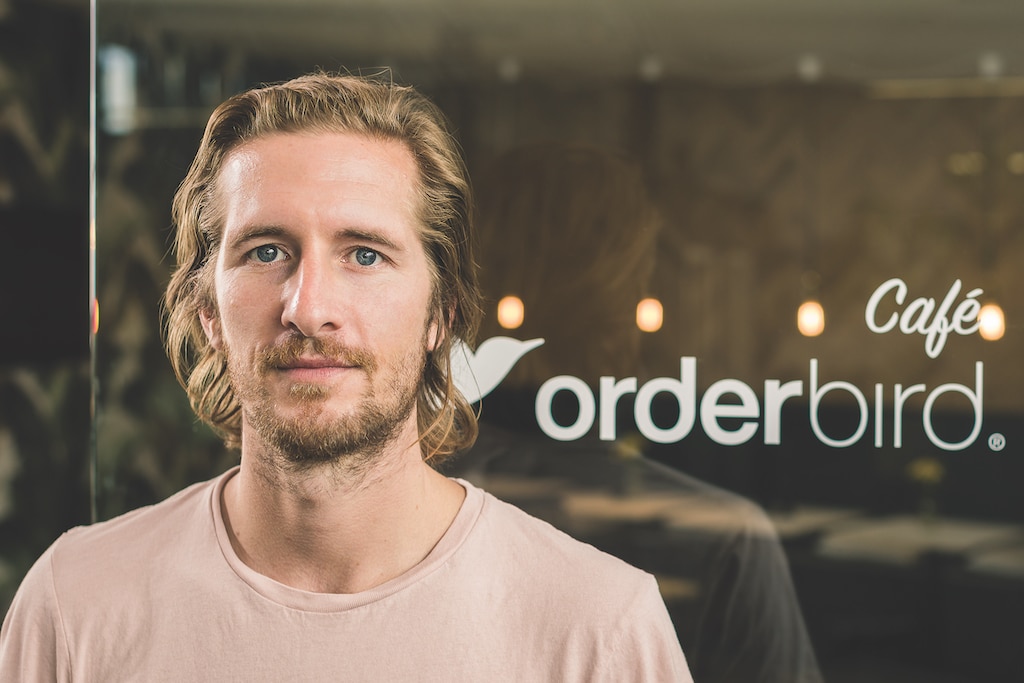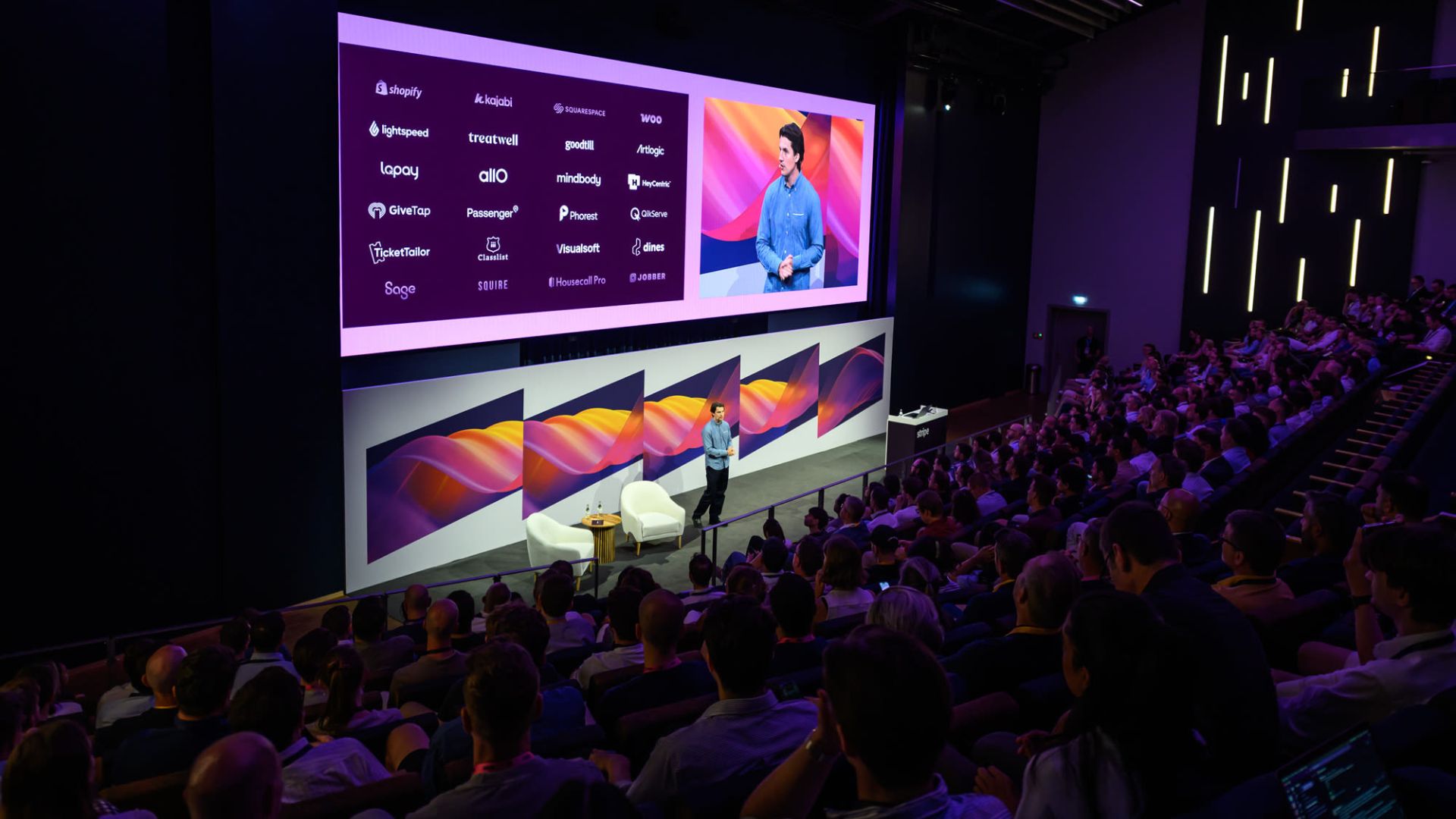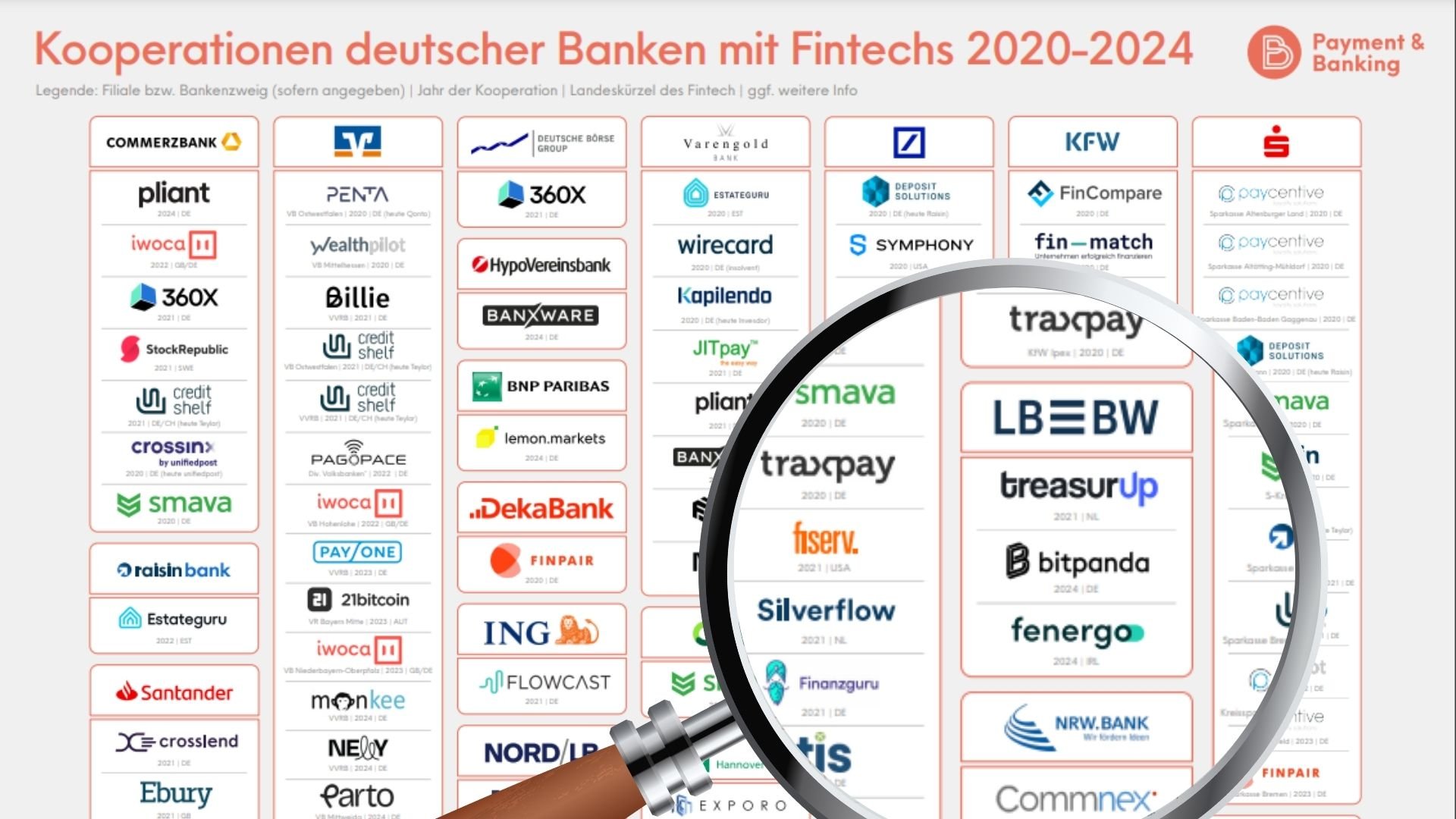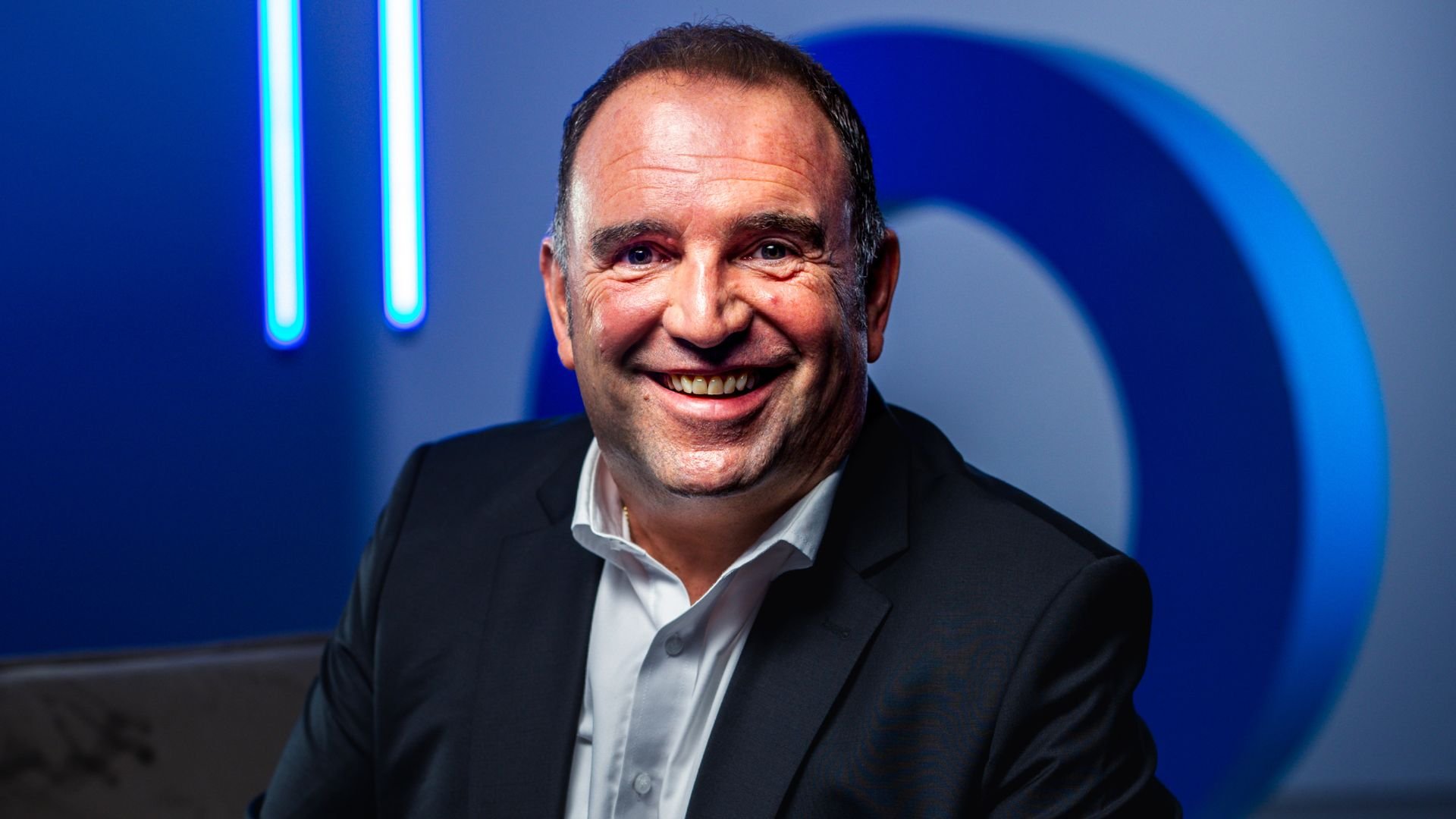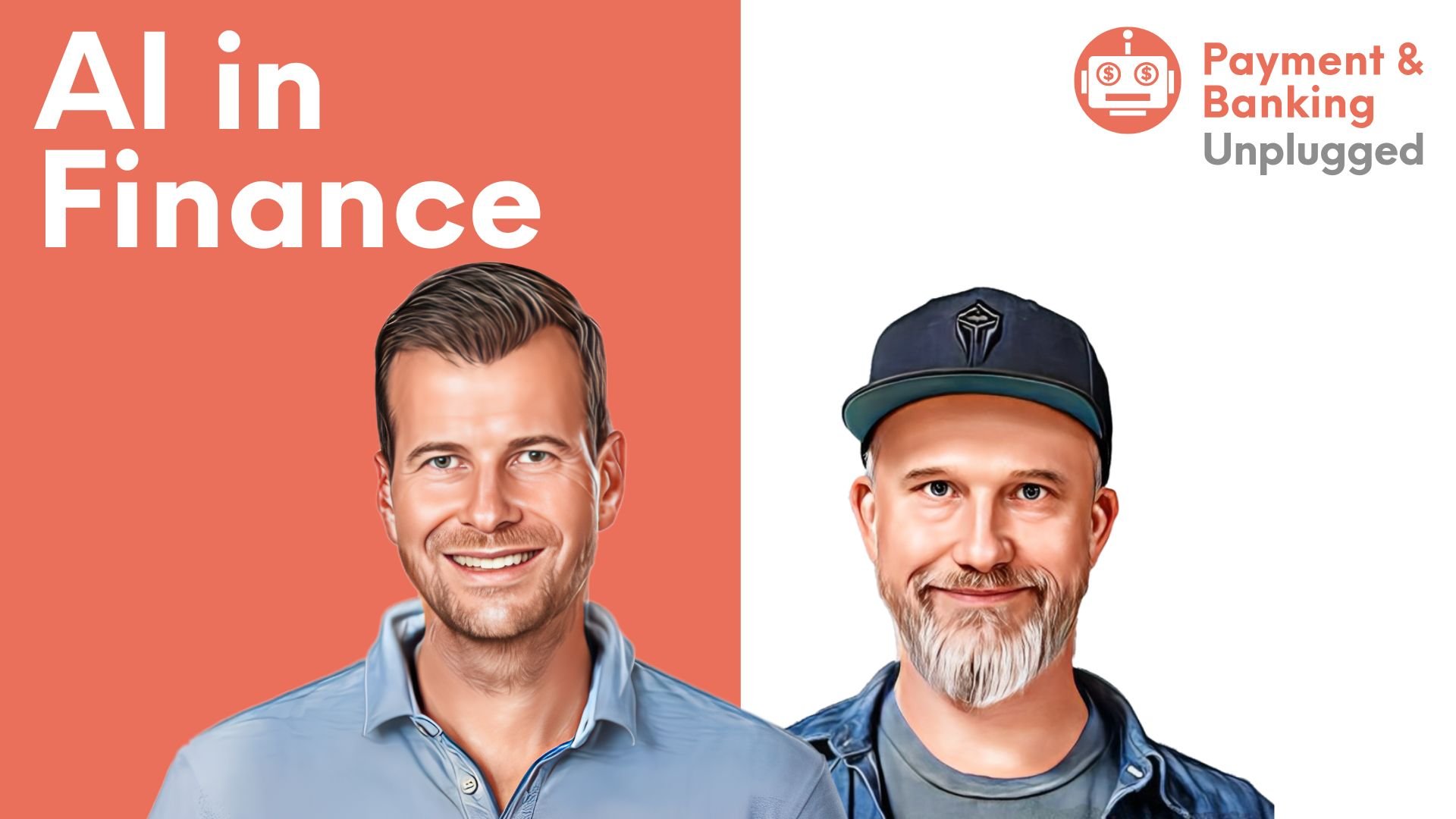Die Deutschen lieben ihr Bargeld. Insbesondere in der Gastronomie wird bei uns weiterhin hartnäckig an Scheinen und Münzen festgehalten. Als Unternehmen, dass sich mit seinen Produkten dem bargeld- und kontaktlosen Bezahlen in der Gastronomie widmet, wird man da schon vor eine Herausforderung gestellt. Doch auch in einer der letzten deutschen Cash-Bastionen findet die Digitalisierung zunehmend Einzug. Denn die Vorzüge bargeldlosen Bezahlens sind nicht mehr von der Hand zu weisen – sowohl für den Gast als auch den Gastronom. Ob Kartenzahlung oder bequem und kontaktlos per Smartphone – es gibt gleich mehrere Gründe, warum sich die Entwicklung hin zum bargeldlosen Bezahlen für beide Seiten lohnt.
Ein unabhängiger Gast ist ein glücklicher Gast
Der Gast wünscht sich einen möglichst angenehmen und reibungslosen Restaurantbesuch.
Wenn man jedoch vorher sichergehen muss, dass man genug Bargeld dabei hat und nicht erst noch einen Bankautomaten aufstöbern muss, wird das Gastro-Erlebnis schnell getrübt. Darüber hinaus ist das Kramen nach den passenden Scheinen und Münzen, gerade wenn die Zeit in der Mittagspause oder bei einem Geschäftsessen knapp bemessen ist, lästig und aufwendig. Das digitale Zahlen per Karte oder Smartphone ist hingegen schnell und unkompliziert. Bei kontaktlosen Kartenzahlungen entfallen bei Beträgen unter 25 Euro sogar PIN-Eingabe und Unterschrift.
Die hierbei gewonnene Autonomie bietet Gästen ein reibungsloses und auf ihre Bedürfnisse individuell abgestimmtes Gastronomieerlebnis. Für den Gastronom bedeutet dies zufriedene Gäste, die sein Lokal gegenüber Cash-Only Betrieben bevorzugen und in der Regel häufiger frequentieren. Auch in Gebieten mit einem hohen Tourismusaufkommen profitieren Gastronomen von den Möglichkeiten des digitalen Zahlungsverkehrs, da viele ausländische Gäste eher mit Karte statt bar bezahlen.
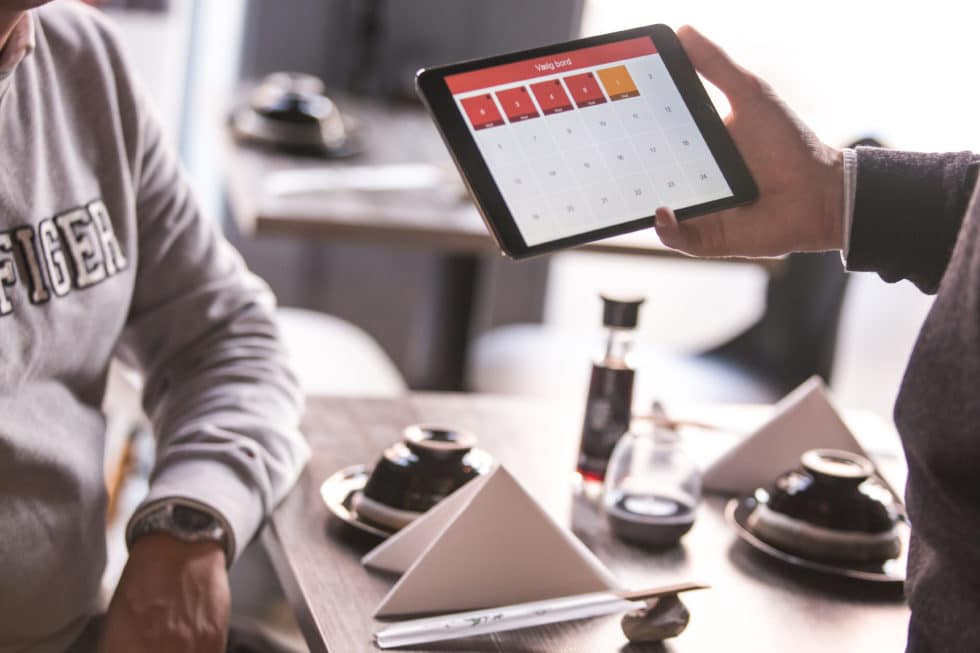
Die Zukunft ist unsichtbar
Eine weitere Entwicklung, die sich in der Gastronomie abzeichnet, ist das sogenannte unsichtbare Bezahlen, bei dem der direkte Austausch zwischen Kellner und Gast während des Bezahlvorgangs komplett entfällt. Denn während sich das aktive Zahlen im Restaurant, dank digitaler Alternativen bereits beschleunigen lässt, müssen Gäste im Durchschnitt zuvor noch immer zehn bis zwölf Minuten darauf warten, ihre Rechnung erst einmal zu bekommen. Das kostet wertvolle Zeit und stört darüber hinaus die entspannte Atmosphäre.
Beim unsichtbaren Bezahlen können Restaurantgäste zukünftig ihre Bestellung bequem mithilfe einer App begleichen.
Hierzu checken diese zuvor in einem teilnehmenden Restaurant ein, wo sie wie gewohnt beim Kellner bestellen. Sobald die Gäste im Anschluss das Restaurant verlassen, wird der jeweilige Kellner automatisch informiert und der Rechnungsprozess gestartet. Bei Geschäftsessen lassen sich zudem Teilnehmerzahl und Anlass eingeben, so dass direkt ein finanzamtkonformer Bewirtungsbeleg erstellt werden kann – ein manuelles Prüfen und Ablegen der Belege wird obsolet. Diese neuartige Form des Bezahlvorgangs sorgt nicht nur für einen stressfreien Restaurantbesuch der Gäste, es entlastet auch die Gastronomen.
Mythos Kostenfalle: Kartenzahlung zahlt sich auch bei Kleinstbeträgen aus
Die höchste Hemmschwelle für Restaurantbetreiber bei Kartenzahlung waren bisher die anfallenden Kosten. Denn auch bei kleinsten Beträgen wurden Gastronomen oft unverhältnismäßig hohe Gebühren berechnet. Heute ist dies noch immer mit der Hauptgrund, warum sich eine Vielzahl deutscher Lokale scheuen, bargeldlose Zahlmethoden anzubieten. Dabei sind aufgrund der EU-Regulierung die Gebühren der Banken in den letzten Jahren deutlich gesunken. Die bei Kartenzahlung anfallende Interchange Gebühr wurde für Kreditkarten auf 0,3 Prozent und Debitkarten auf 0,2 Prozent gedeckelt und macht somit das Zücken der Karte auch bei sogenannten Kleckerbeträgen sinnvoll. Mittlerweile laufen digitale Bezahlalternativen dem Bargeld, gerade was Effizienz und Kosteneinsparung anbetrifft, den Rang ab.
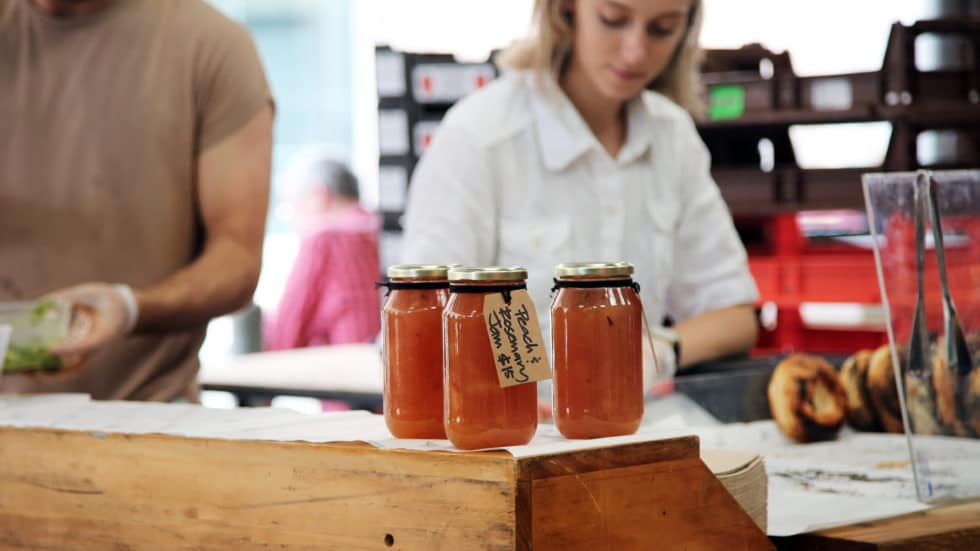
Denn anders, als von vielen angenommen, ist es gerade das Bargeld, dass Gastronomen neben höheren Kosten auch unnötig viel Aufwand beschert. Man schaue sich hier allein die Fixkosten an: Bargeld muss sortiert, gezählt und abgerechnet werden. Im Anschluss gilt es die Einnahmen sicher zu verstauen, zu transportieren und letztlich bei der Bank, oft gebührenpflichtig, auf das entsprechende Konto einzuzahlen. Die jeweiligen Schritte erfordern zusätzlich Zeit, Aufwand und Personal – allesamt ließen sich bei Kartenzahlungen einsparen. Und auch das Fehlerpotenzial durch falsches Zählen wird massiv reduziert, ebenfalls wie die Gefahr von Diebstahl und Verlust hoher Beträge.
Je größer die Auswahl, umso zufriedener die Gäste
Digitale Zahlungsmethoden sind immer mehr auf dem Vormarsch und werden zukünftig nicht mehr aus der Gastronomiebranche wegzudenken sein. Es geht in erster Linie allerdings nicht darum, Bargeld in absehbarer Zukunft komplett aus der deutschen Gastronomie zu bannen. Vielmehr sollten sich Betreiber darauf konzentrieren eine möglichst breite Angebotspalette abzudecken. Dazu gehört neben Bargeld nun einmal auch die Akzeptanz nationaler und internationaler Karten sowie Möglichkeiten des kontaktlosen und bald sogar unsichtbaren Bezahlens. Denn je größer die Auswahl der angebotenen Zahlungsmethoden, umso größer ist auch die Anzahl zufriedener Gäste und die Chance, dass diese wiederkehren.
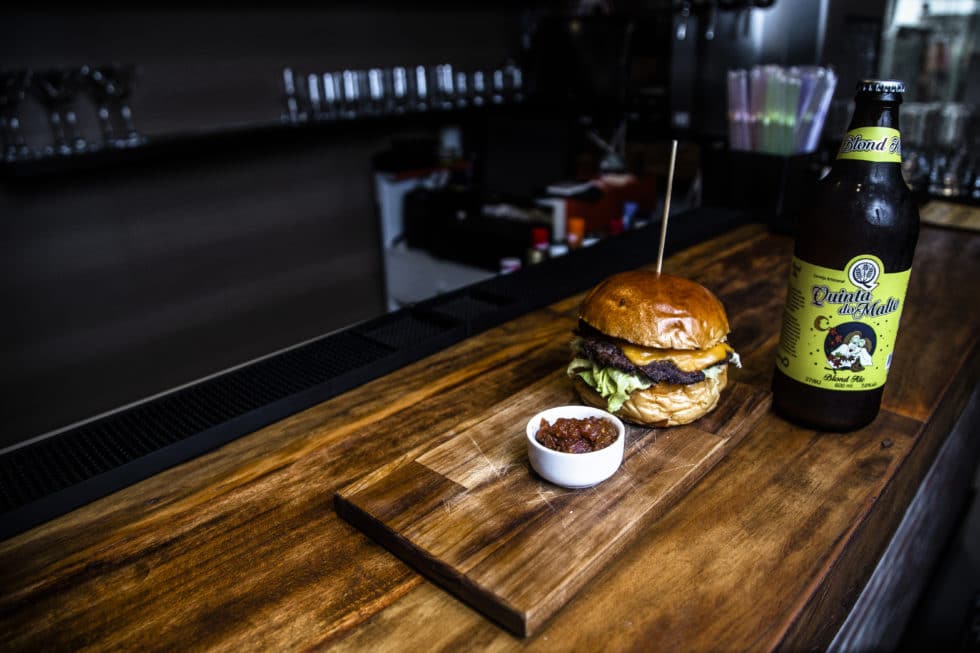
Zum Autor
Jakob Schreyer ist Mitgründer und CSO von orderbird – Europas führendem iPad-Kassensystem und Anbieter von Softwarelösungen und Zusatzservices für die Gastronomie. orderbirds Ziel ist es, Individualgastronomen preiswerten Zugang zu den Tools der Großgastronomen zu ermöglichen, um im starken Wettbewerb mithalten zu können. Seit der Gründung 2011 schaffte es orderbird, über 10.000 Gastronomen zu gewinnen.
